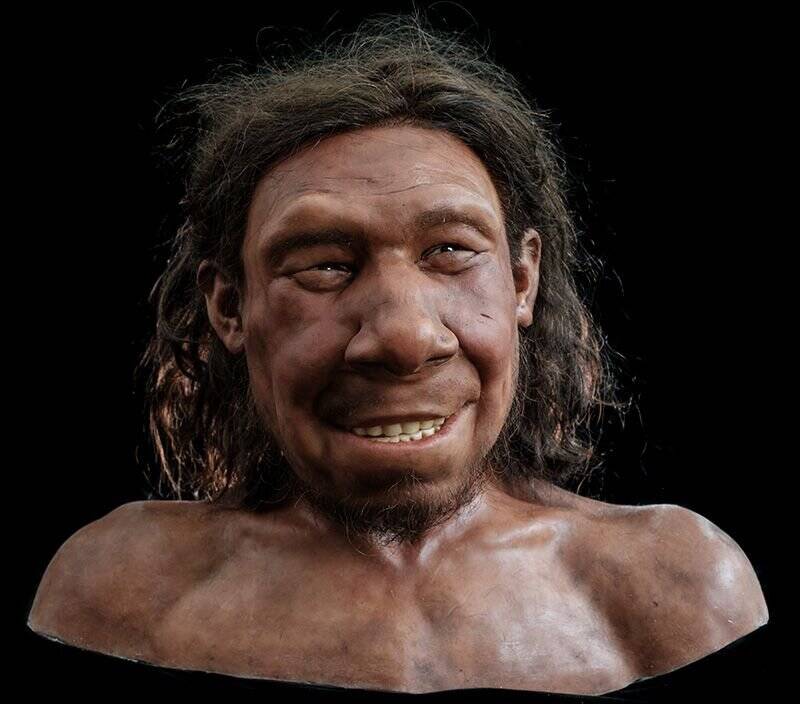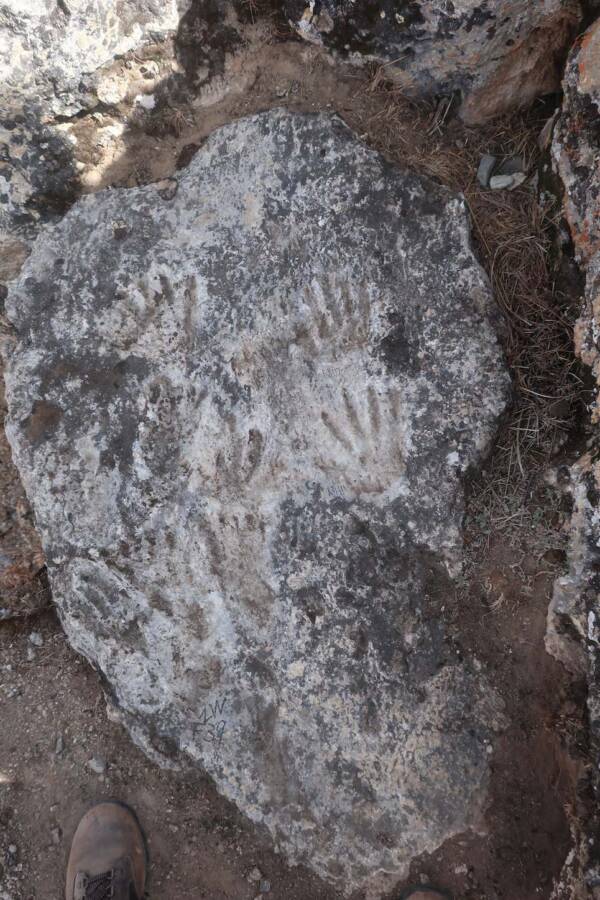Neanderthal's face reconstructed after 70,000 years, ancient Indigenous artifacts found inside a Mississippi alligator's stomach, some of history's oldest human art uncovered in Tibet.
Dutch Scientists Just Reconstructed The Face Of A Neanderthal Who Lived 70,000 Years Ago

RMOKrijn the Neanderthal is the oldest specimen of his kind ever found in the Netherlands.
More than 50,000 years ago, sea levels between England and continental Europe were about 165 feet lower than they are today. Those waters were once home to an area called Doggerland that is now fully submerged.
Doggerland was home to reindeer, mammoths, woolly rhinoceroses — and a young Neanderthal male known as Krijn. His remains were first pulled out of the North Sea in 2001, and since then, researchers have been able to uncover a great deal about how he lived. And now, they’ve actually been able to recreate his face in extraordinary detail.
See the results of their painstaking work here.
Hunters Just Discovered 8,000-Year-Old Native American Artifacts In The Belly Of An Alligator In Mississippi

John Hamilton/FacebookThe animal was 13.5 feet long and was captured on Sept. 2 by John Hamilton.
This year, Shane Smith, owner of Red Antler Processing in Yazoo City, Mississippi, made it a point to look inside the stomachs of alligators brought to him for butchering. He’d seen other butchers share stories of strange finds within alligator bellies and wanted to see for himself. Then, he made the discovery of a lifetime.
In September, Smith cut open the stomach of a 750-pound alligator and found prehistoric Indigenous American relics inside.
Dig deeper in this report.
Handprints Discovered In Tibet May Be The Earliest Human ‘Art’ Ever Found

D.D. Zhang et al.Archeologists suspect the prints were made 169,000 to 226,000 years ago by two young children.
Hundreds of thousands of years ago, two children pressed their hands into soft limestone in present-day Quesang, Tibet. As time passed, the limestone hardened, preserving their handprints. Now, some archeologists believe that this ancient echo of childhood play might represent the oldest human art ever found.
Read on here.





